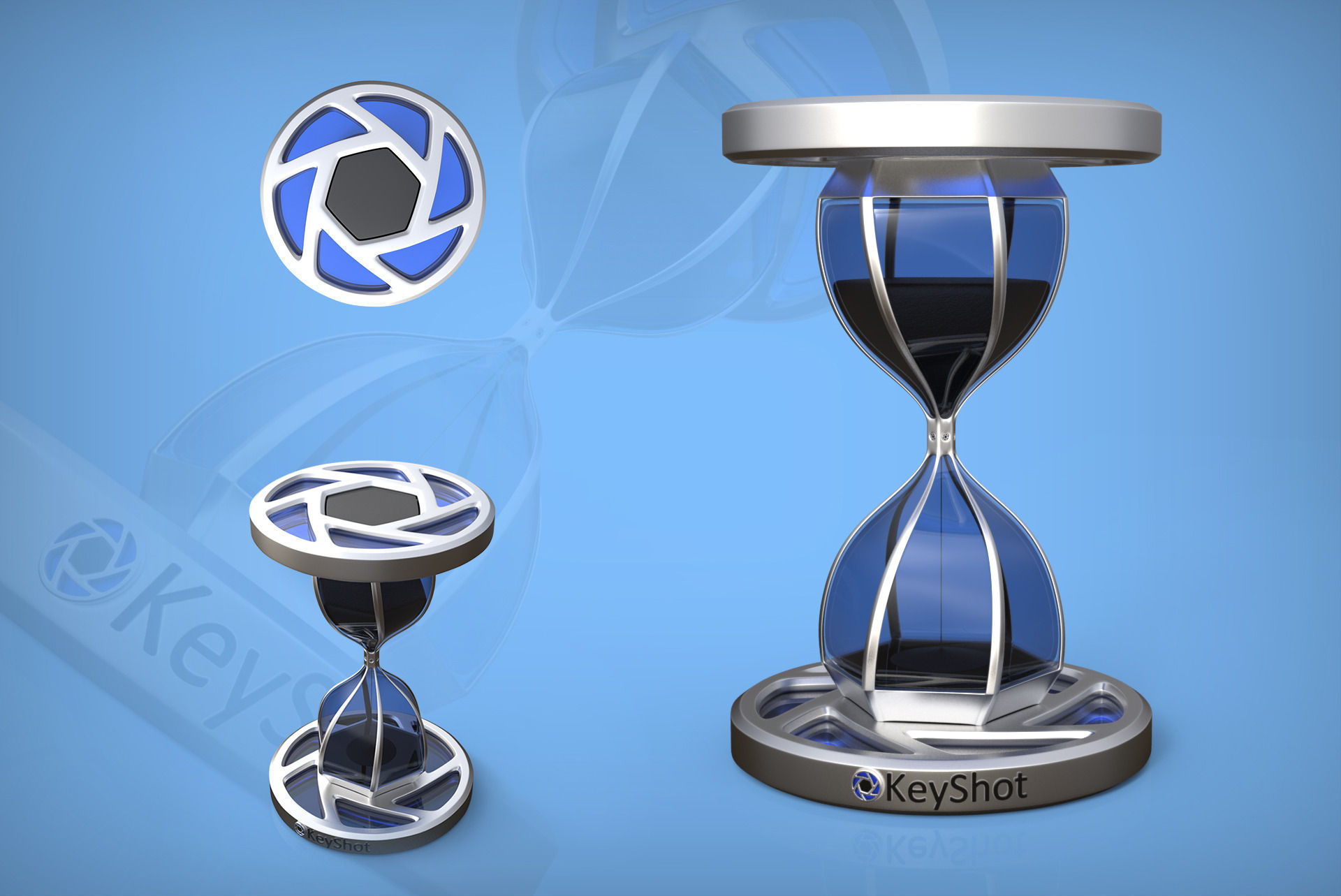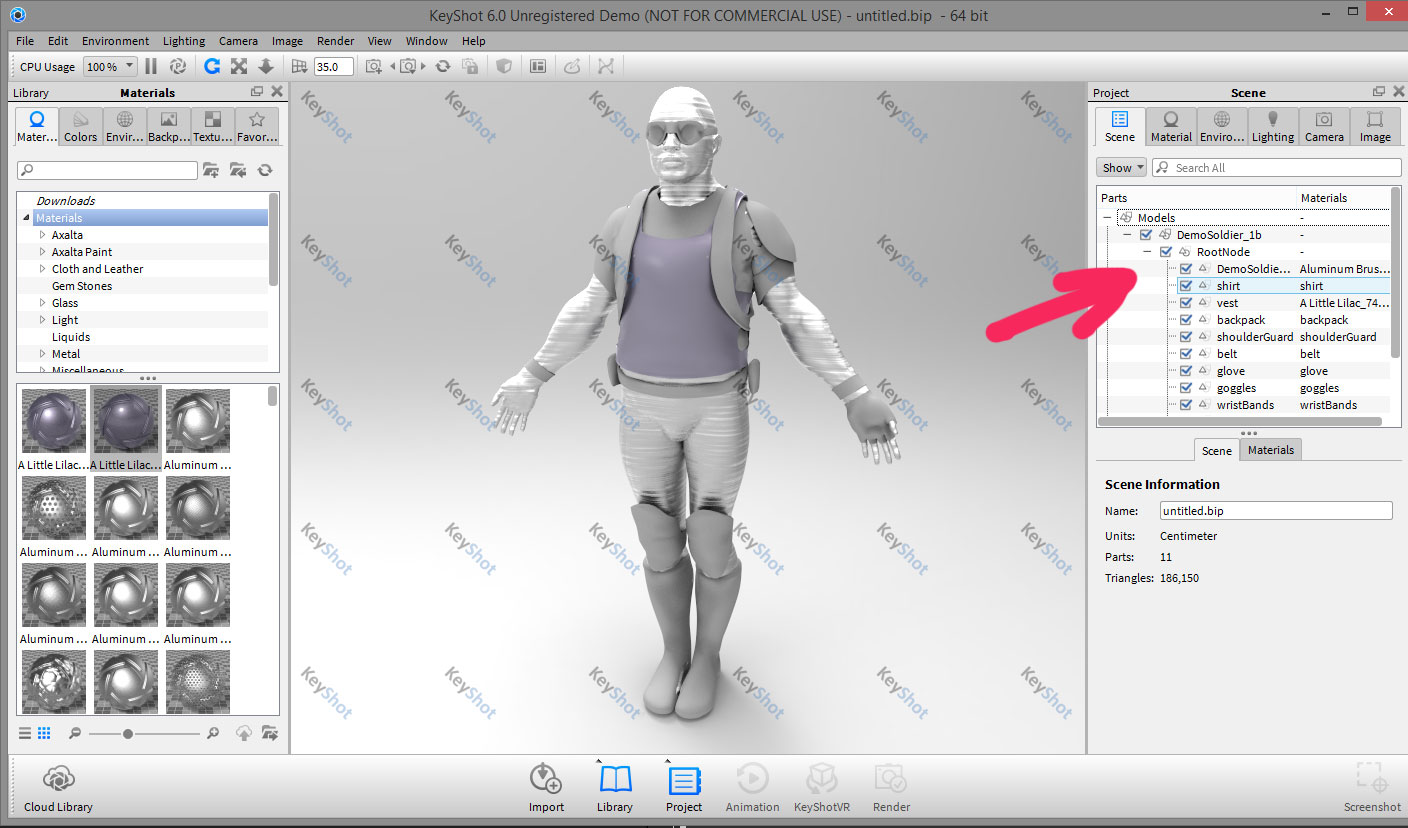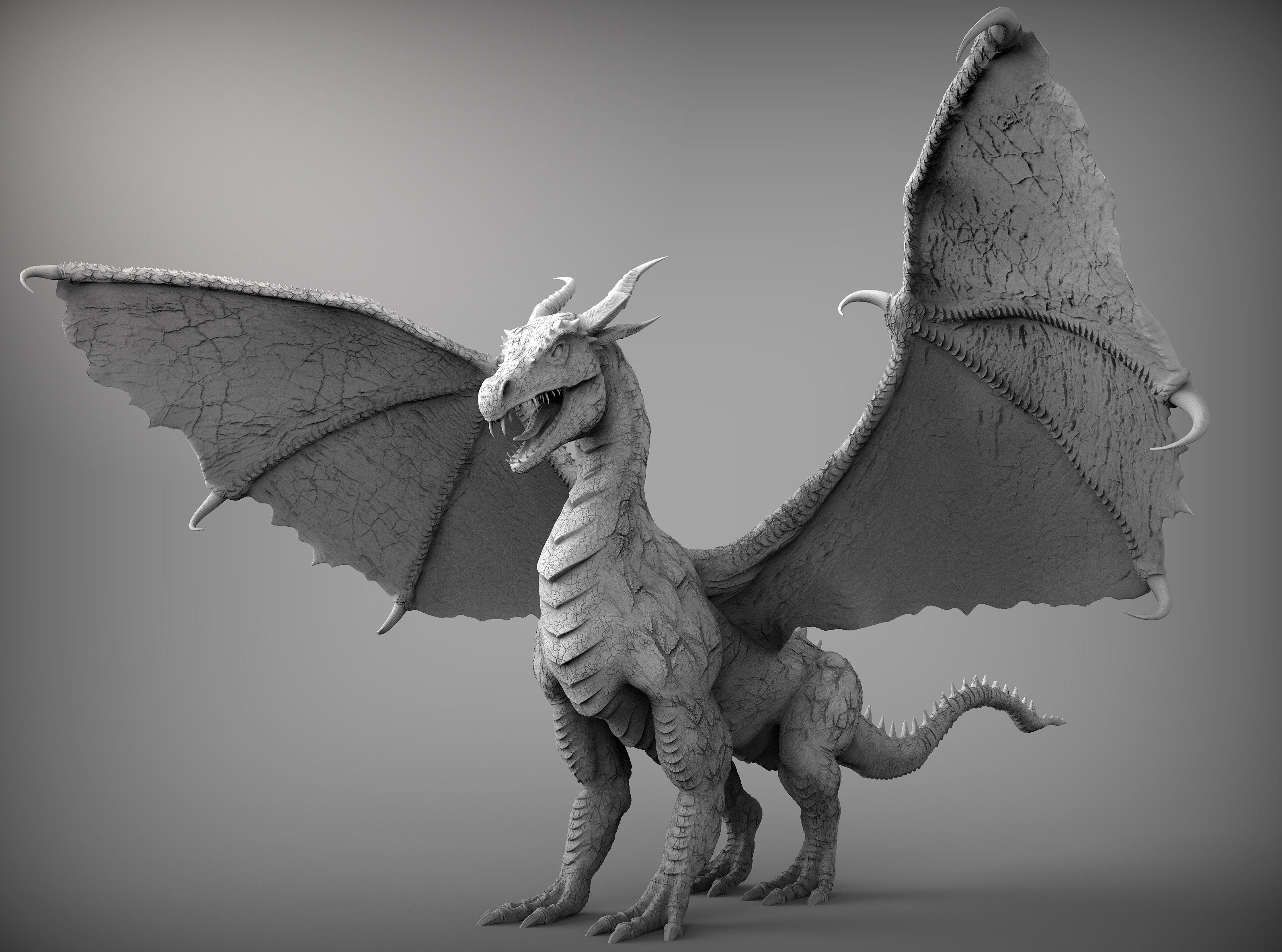
- #Keyshot for zbrush obj install
- #Keyshot for zbrush obj update
- #Keyshot for zbrush obj pro
- #Keyshot for zbrush obj software
Image: modeled in ZBrush, rendered in KeyShot by Dominic Qwek. When any changes are made to the geometry in ZBrush, select the GoZ or All button again to transfer any changes back over to KeyShot with all material, animation, environment, lighting and settings maintained inside KeyShot. This will transfer the current SubTool or all SubTools directly into KeyShot.
#Keyshot for zbrush obj install
Here's how it works.Īfter you install the GoZ plugin for KeyShot, select GoZ or All from the Tool menu inside ZBrush.
#Keyshot for zbrush obj update
You can update those models inside KeyShot through the KeyShot LiveLinking functionality. Now, with the new KeyShot for ZBrush integration, through the installation of the GoZ KeyShot plugin, you can import geometry while retaining SubTools, texturing and PolyPainting. If you are a ZBrush user, previously, you had to import ZBrush geometry into KeyShot by exporting an. This new plugin, based on Pixiologic's GoZ application for the transfer of meshes, delivers all of that along with the ability to update the design inside KeyShot throughout the design process. ZBrush users have requested a level of import that supports their workflow, visualizing concepts earlier in the process.
#Keyshot for zbrush obj software
We're live at SIGGRAPH 2013 this week and excited to be featuring the latest 3D software integration with KeyShot, KeyShot for ZBrush.

You can find more details on the new integration on this post. obj UVs, automatic creation of colour ID maps and bump maps, and a ton of other little things that bug the day-to-day ZBrush user.Update: August 2014 - "KeyShot for ZBrush" has been announced by Pixologic at the ZBrush Summit. It includes things like framing selected SubTools, automatically going to a mesh’s lowest or highest subdivision level, toggling dynamic subdivision, automatic flipping of. There are 36 functions available from the one menu panel, covering a variety of useful shortcuts and helpers. If you cannot find the specific file format you need, we will convert the available format for you.c4d. Here’s another collection of useful scripts, this time from creature artist Eric Blondin. We have 38 item (s) Royalty free zbrush 3D Models. ZScripts – Eric Blondin (opens in new tab) ZSceneManager runs as a separate app so the window has to hover over the top of ZBrush, but there’s a ton of useful functionality here for power users. It also employs a traditional shift-multiple-select system, unlike the willfully eccentric SubTools menu.
#Keyshot for zbrush obj pro
There’s a bunch of options accessible via a right-click menu, although export/GoZ selected SubTools and user-definable commands are limited to the Pro version. In short, it provides a dedicated window in which you can see all your SubTools, hide/show selected elements, enable/disable Polypaint, access subdivision levels, and loads more. Cue ZSceneManager – available in a feature-limited free version and a ‘Pro’ version for $29. If you’re sculpting huge models with loads of separate elements, it doesn’t take long for ZBrush’s meagre SubTools menu to be become overloaded, which makes keeping track of everything a real chore.

With other tools for handling brush settings, masking, global subdivision and more, this pack is well worth installing.

The main highlights include tools to help you load and save specific projects and ZTools to and from a user-defined ZStartup directory a SubTool batch-renaming scheme options for setting SubTool visibility and a clever system for adding subdivision levels to a high-res model that doesn’t have any. The collection contains ten tools, plus nine miscellaneous scripts, all accessed from one menu panel. NicksTools ZBrush plugin (opens in new tab)Īrtist Nick Miller has put together this collection of tools and scripts to automate some of ZBrush’s workflow and add a few new features. Once the 2.5D terrain image is completed to your liking, the ‘Make 3D’ button grabs the height map and generates a displaced plane, which you can then sculpt as normal or export into another app for texturing and rendering. It operates within ZBrush’s 2.5D workspace, with brushes to add hills and valleys, terraces and rivers, plus filters to carve different types of erosion into the landscape. This brand new plugin – also by from Ignacio Cabrera Peña (currently only available for Windows ) – offers a set of tools for creating realistic terrain.


 0 kommentar(er)
0 kommentar(er)
